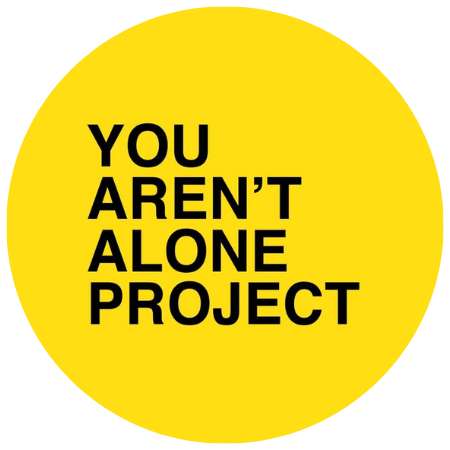LIVING IN QUARANTINE: THE AFTER EFFECTS
PUBLISHED IN BATON ROUGE PARENTS MAGAZINE MAY 2020
In order to escape the Great Plague affecting Cambridge, Newton retreated in isolation to Woolsthorpe where he came up with his theories of gravity, optics and calculus.
After a wildfire, landscapes will explode with thousands of flowers known as a superbloom and come back even more beautiful and healthier than before.
Hurricane Sandy rid Long Island Bay of its polluted water--the constant surge of the tides dispersed toxins in the bay and returned the water cleanliness to levels not seen since the mid-1970s.
Shakespeare wrote ‘King Lear,' 'Macbeth' and 'Antony and Cleopatra' as London reeled from an outbreak of the bubonic plague in 1606.
What a beautiful thought it is that things, and people, can come out of a state of devastation and isolation even stronger than before.
Covid-19 forced many of us into self-isolation. In this isolated state, emotions can be heightened, and mental health can be gravely affected. A recent review in Psychology Today on the effects of quarantine on individuals points to increased confusion, anger, post-traumatic stress symptoms, and extended periods of grief, sometimes lasting even three years after the end of the quarantine. Stressors range anywhere from longer quarantine duration, inadequate information and supplies, and infection fears, to frustration, boredom, grief, financial loss and stigma.
Of course, people with a history of mental illness are at increased risks, but no one is immune to the mental effects that isolation and fear can have during and after a pandemic. And, for some, those effects will last long after the virus is gone. In addition, health care workers and others on the frontlines are facing even more dangers to both their physical and mental health. These workers, especially, will need continued support after this is over.
Effects on Children
The good news for parents is that psychologists who work with childhood trauma agree that children are incredibly resilient. According to child psychologist Jessica Wozniak, we’re going to see a range of effects from this pandemic on children based heavily on family and community circumstances. Some will be mild and short-term such as trouble sleeping, increased worry or behavioral outbursts, while others may see more long-term effects of post-traumatic stress disorder. It is noted that there are factors that can decrease a child’s ability to withstand trauma. A child’s proximity to the event can be a factor. In this case, children are just as impacted as adults, but parents do have the ability to monitor their intake of news surrounding the pandemic and are encouraged to do so. The likelihood of long-term trauma also increases for children who are already in an unstable state. It will be more important than ever to make sure disadvantaged populations have adequate access to mental health care and ongoing support.
Wozniak stresses that children most often look to caregivers for how to react and cope with trauma. The more adjusted a caregiver is, the calmer children will be, especially as life starts to return to a sense of normalcy. As with adults, giving children some agency over the isolation and being away from friends by making sure they know they are helping others and contributing to the greater good can provide comfort and a sense of pride. That shared purpose can also bring a family even closer together and add value moving forward. It is also likely that we will continue to see small changes in this generation, such as being more reluctant to shake hands or leaning into technology even more. Only time will tell. What we do know is that we need to continue being compassionate and understanding with one another. We are all experiencing this together, after all, and no one has all the answers.
Shining a Light on Mental Health
On the bright side, mental health is being talked about more than ever before, and people are even more aware of the importance of taking care of their overall well-being. During the pandemic, self-care has been deemed a necessity for most, with many organizations sharing resources for taking care of one’s mental health, counselors switching to tele-health services and individuals sharing at home self-care routines. Crisis hotlines saw calls increase in the thousands during this time. We also saw people making an active effort to connect with each other through virtual game nights, Zoom happy hours, drive-by birthday “parades,” and through other innovative means.
As we go back to normal, it’s important to identify which parts of “normal” are worth going back to.
Where we go from here matters.
As we’ve seen throughout history, some of the world’s greatest creations came from a forced state of isolation, and regrowth is often healthier after a state of disruption. Jessica Carson, Neuroscientist and Psychologist, stresses the importance of using this situation as an opportunity to reallocate energy and find balance. Imagine dividing 12 units of energy across four areas, family, occupation, recreation and dreams (making dreams a reality). What did it look like before Coronavirus? What does it look like now? And, where do we want to go from here?
Written by Chelsea Borruano
